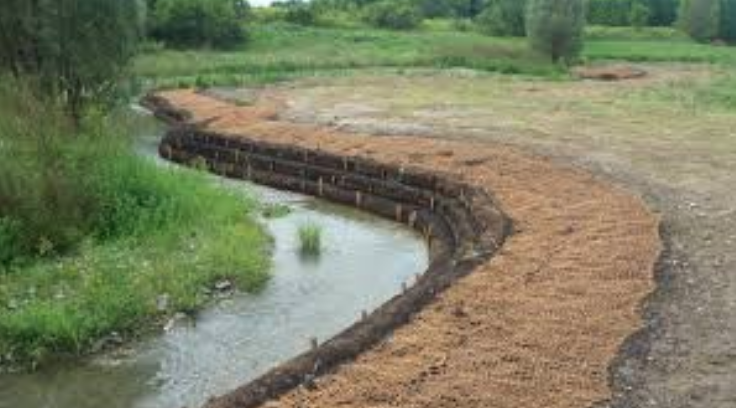
How To Control Erosion On Any Construction Site
Erosion control is nothing to take lightly especially with the current climate changes. In addition to posing a threat to the environment via sediment runoffs that pollute storm drains and nearby streams or other bodies of water. Storm water-related erosion poses an immediate health and safety concern to your employees. Be it site occupants or neighbors.
Erosion is typically a multi-phased process. It starts at the surface via wind and splash erosion then it quickly make its way through deeper and larger sections of the earth.
Protecting Soil Erosion Along River Banks
Protecting soil from erosion and providing erosion control services methods for river bank is a good practice in the construction industry. Water channels are an excellent resource in cities which provides ecological ways of diverting water and decrease potential flood areas. There are several options can be applied to prevent and help diminish soil erosion problems along river embankments. These are;
- Tree revetment
This system allows for the bank to be protected by anchoring wood to the bank. This will dissipate the energy and reduce the velocity of the water flowing through the channel. It is not however recommended for areas where soil erosion takes place frequently. Its maintenance is critical and it is among the biggest disadvantages of this system.
- A-Jacks
A-jacks refer to an interlocking cement stakes that are placed at the foot of a slope. They are effective in increasing stability during high-intensity storms. This system can be used in areas that are prone to erosions but it is not a biodegradable method. It can be prepared in a wide variety of sizes.
- Geotextile Roll
A geotextile roll is a non woven fiber of coconut, bounded together with a polyethylene mesh rope. They usually come in rolls and are rolled out over the surface on the bank to prevent soil erosion on newly graded slopes. Sometimes, a vegetation can be established over the geotextile and the roots of the vegetation will act as an interlocking agent with the fibers. This is a biodegradable material that is not harmful to the environment. This method is usually used on small streams with a consistent water level surface.
Important note: Don’t use it on channels that transport large quantities of sediments, because the sediment will be deposited in the geotextile and it will destroy vegetation.
- Brush Mattress
Brush Mattress Is a system of protecting the bank by branches that are anchored to the ground using stakes. This system is ideal for capturing sediment in rain events. The drawback of this technique is that the fascines are vulnerable to be washed away during heavy rain. It is usually applied on perennial streams receiving plenty of sunlight. The system must be placed along the bank and within the soil, so that the mattress can absorb water. Like the geotextile it can be installed fast, it is simple, is biodegradable and has relatively low maintenance.
- Gabions
Gabion mattress is used as bank stabilization where high soil erosion is likely to occur and where the bank is composed of small rocks that will resist the water forces. It is not an aesthetic product, and there is always the possibility of damages in the mesh. It can be filled with rocks, depending on the width of the mattress and also can be filled with concrete rubble.
It can be used almost everywhere but special conditions and precautions must be taken in areas susceptible to rapid erosion and unstable water flow. Special attention must also be considered when designing its footing. There are several cases where the footing has failed, leaving the gabion mattress without its proper support.
- Rootwad Composites
This system consists of interlocking tree material build at the base of the slope. In addition to stabilizing the stream bank by lowering flow velocities, the roots provide complex aquatic habitats for the establishment of aquatic wildlife. It is a cost effective solution, but it’s highly complex installation process puts some limitations on this process.
The above 6 tips are used by Erosion Control Contractors to prevent erosion in any type of a construction site.

It’s helpful to know that when building next to a riverbank it’s vest to consider getting erosion control services. I plan to start having my vacation home built in a rural property this year. I hope that I wouldn’t be met with a lot of problems with soil erosion.
http://www.billshydroseed.com/erosion-control